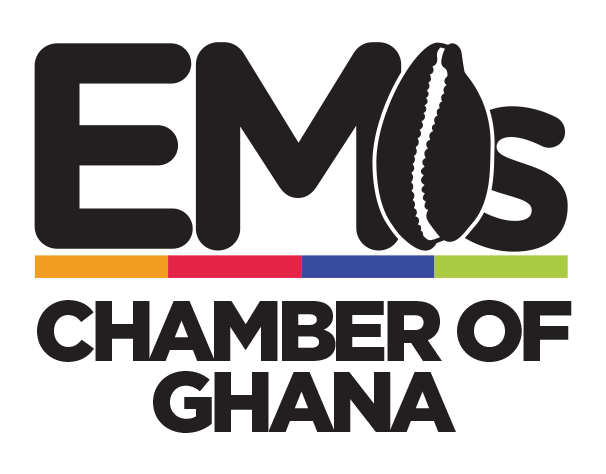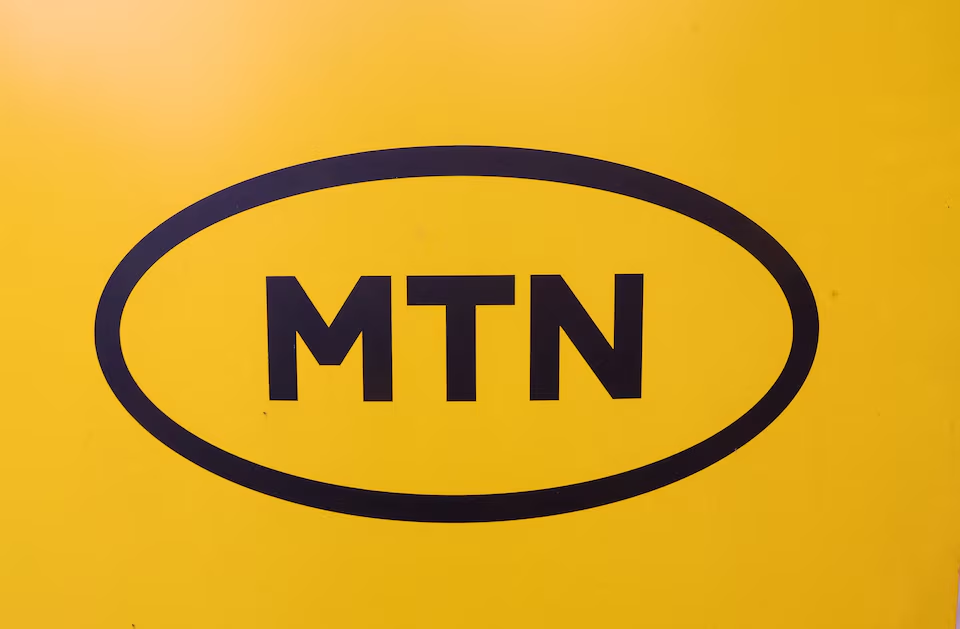Known as the Ghana Rural Telephony and Digital Inclusion, the €155-million project is being implemented by the Ghana Investment Fund for Electronic Communications (GIFEC), under the auspices of the Ministry of Communications, and is aimed at promoting digital inclusion in the country.
While some three million Ghanaians are expected to be connected to other parts of the country and the world in general, the project is also meant to help reduce the gap in the digital divide, especially in under-served communities.
President Nana Addo Dankwa Akufo-Addo, who launched the project last Wednesday, reiterated the commitment of the government to expand telephony network accessibility to rural communities in the country.
Accessibility
According to him, network accessibility had become a basic necessity of life in the 21st century, adding that the government was poised to ensure that all Ghanaians, no matter where they lived, had access to basic voice and data connectivity.
He said the government secured the €155-million facility from the China EXIM Bank to finance the telephony extension project.
“I’m reliably informed that the Huawei Rural Stark Technology being used for this project was developed due to the incessant pressure from the dynamic Minister of Communications, the Honourable Ursula Owusu-Ekuful, and it entails some 50 per cent savings on the cost of traditional cell sites. This makes the project both economically and financially feasible and will, therefore, generate good returns on investment,” he said.
Closing digital divide
The President noted that about 30 per cent of Ghana’s population lived in rural areas, with little or no access to information and communications technology (ICT) services, hence widening the digital divide.
He said with the implementation of the Ghana Rural Telephony and Digital Inclusion Project, an estimated three million Ghanaians would be connected to other parts of the country and the world as a whole.
President Akufo-Addo explained that the cell sites which were being provided would “provide network coverage to over 300,000 communities”.
“The rural telephony project will also provide new areas for ICT growth in Ghana, while raising substantially the level of ICT literacy, especially during this COVID-19 era when the need and demand for ICT skills has increased exponentially,” he said.
Mrs Owusu-Ekuful said the project marked the beginning of the government’s resolve to ensure digital inclusion in the country.
She said the government had, over the last three years, been working earnestly to ensure that it bridged the digital divide, particularly in under-served towns and rural communities of the country.
Cell sites
The Communications Minister noted that ICT had become so critical to everyday life that the government could not afford to deny any of its citizenry access to network.
She said the government aimed to establish more than 1,000 cell sites across the country by the end of 2020.
Government applauded
The Dompoasehene, Nana Okofo Sobin Kai II, commended President Akufo-Addo for selecting his community to launch the national project.
He said the area had benefited from over 20 mechanised boreholes under the Akufo-Addo government.
Nana Kai appealed to the government to upgrade the senior high school in the area, since it was over-populated as a result of the free senior high school policy.
Partnership
For his part, the Managing Director of Huawei Ghana, Mr Tommy Zhou, said the company was committed to providing digital technology for the world, adding that it would continue to partner the government and relevant stakeholders to provide digital tools for under-served communities in the country.
He said Huawei currently operated in about 170 countries in the world, providing digital solutions for over three billion people.
He commended the government for its leadership in the digitisation drive of the country, saying: “Huawei’s commitment to Ghana remains firm.”
Source: Graphic online




